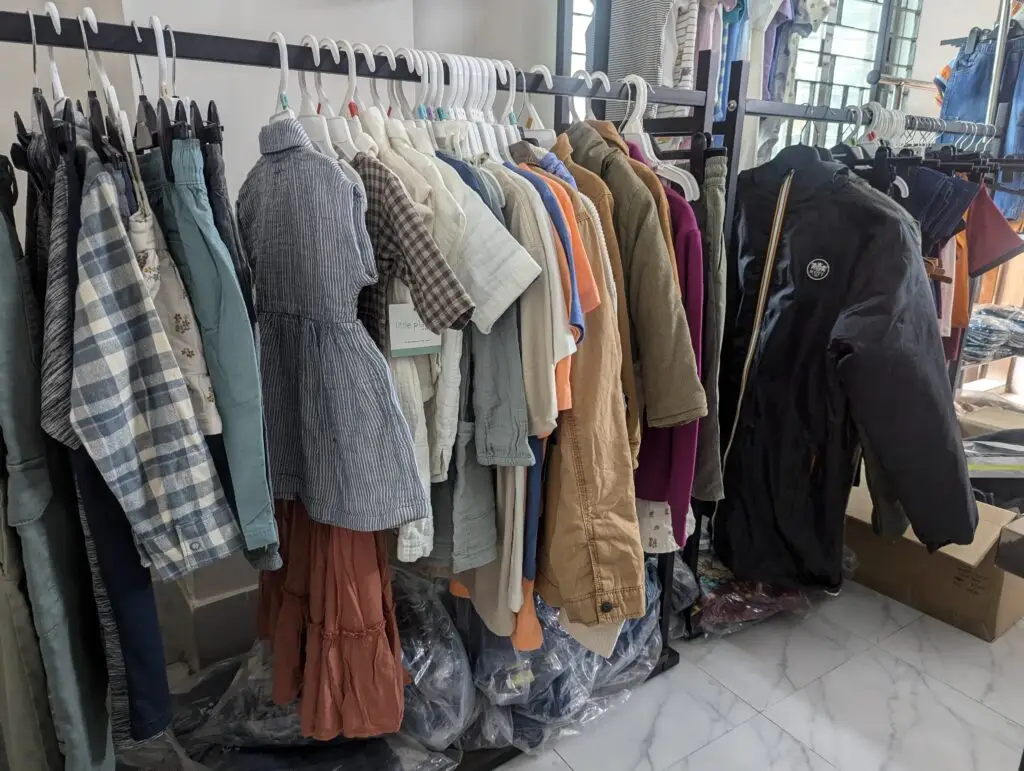
The apparel industry is rapidly evolving, and data analytics has become a powerful tool to streamline operations, enhance decision-making, and improve overall efficiency. For brands and manufacturers, leveraging data can provide valuable insights into production, inventory management, and sales forecasting. This article explores how data analytics can transform apparel sourcing and its potential to shape the future of fashion.
1. Optimizing Production Efficiency
Data analytics allows apparel companies to analyze past production data, track supplier performance, and evaluate lead times. By identifying bottlenecks and inefficiencies in the supply chain, businesses can optimize their processes, reduce delays, and ensure timely deliveries. For instance, MerchVex Sourcing and Ethnotex Ltd. use data-driven insights to make more informed decisions on sourcing reliable manufacturers and adjusting production timelines, resulting in greater efficiency and cost savings.
2. Improved Inventory Management
Inventory mismanagement can lead to excess stock or stockouts, both of which are costly for businesses. Through predictive analytics, brands can forecast demand with higher accuracy, enabling them to maintain optimal inventory levels. By analyzing consumer trends, sales data, and market fluctuations, apparel companies can minimize overproduction and reduce waste. Ethnotex integrates analytics into its operations to better align production with market demand, helping their clients avoid unnecessary inventory costs.
3. Better Supplier Selection
By analyzing data on supplier performance, delivery times, and quality metrics, apparel brands can make more informed decisions when selecting sourcing partners. Data analytics can highlight the most reliable suppliers, allowing companies to build stronger, more efficient partnerships. MerchVex Sourcing, for example, uses supplier performance data to recommend the best manufacturers for each project, ensuring quality and timely deliveries for its global clients.
4. Sales Forecasting and Demand Planning
Predictive analytics can also aid in sales forecasting and demand planning, which are crucial for successful sourcing. By studying historical sales data, fashion trends, and consumer behavior, apparel brands can predict which products will perform well in the market. This helps businesses place more accurate orders with manufacturers, reducing the risk of overproduction or stock shortages. Data analytics ensures that sourcing decisions are driven by market demand, leading to better financial outcomes.
5. Sustainability and Waste Reduction
With growing consumer demand for sustainable fashion, data analytics plays a key role in helping brands reduce waste and make eco-friendly decisions. Analytics tools can track resource usage, such as water and energy, during production, allowing companies to identify areas where they can reduce their environmental impact. Apparel companies like MerchVex Sourcing leverage data to find sustainable suppliers and production methods, helping brands meet their sustainability goals.
6. Cost Reduction and Risk Management
Data analytics allows brands to assess market trends, material costs, and supplier reliability, enabling them to negotiate better deals and reduce overall production costs. Additionally, predictive models can identify potential risks in the supply chain, such as delays or quality issues, allowing companies to mitigate these risks before they impact production. This forward-thinking approach helps companies stay competitive in an increasingly complex market.
Conclusion
Data analytics is revolutionizing the apparel industry by providing actionable insights that drive smarter sourcing and production decisions. By leveraging analytics, companies can improve efficiency, reduce costs, and enhance sustainability. As brands continue to adopt these digital tools, the future of fashion sourcing is set to become more efficient, transparent, and responsive to market demands. For businesses like MerchVex Sourcing and Ethnotex Ltd., data-driven decision-making is already proving to be a game-changer in the competitive world of apparel.
Have Project In Mind?
Strategic Merchandising | Strategic Sourcing | Bridging the Gap Between Global Fashion Brands & Manufacturers | Apparel Fluency
Contact Details
- Building 36, Road 20, Sector 13, Uttara,
- Dhaka-1230, Bangladesh
- antor@antor.xyz
- +880 17 9202 0736